This resources provides an introduction to text-based evidence and includes a scaffolded approach to writing a response to questions using on text-based evidence. Using color-coding and a teacher model, students will respond to questions about both informational text and literature.
Open-ended questions are also included so that your students can continue to practice these skills and apply them to other texts that you may be reading.
An anchor chart reviewing text-based evidence is included and bookmarks are provided to support students with writing a written response using the RAP acronym.
Unit Includes:
- “What is text-based evidence?” anchor chart
- RAP written response bookmarks
- Teacher models for a written response that includes text-based evidence
- Scaffolded support for responding questions about the text using evidence
- Literature text
- Informational text
- Optional interactive notebook pieces for teachers who use interactive reading notebooks
- Open-ended questions that can be used with any text
Standards:
THIRD GRADE
- CCSS.ELA-LITERACY.RL.3.1
Ask and answer questions to demonstrate understanding of a text, referring explicitly to the text as the basis for the answers. - CCSS.ELA-LITERACY.RL.3.10
By the end of the year, read and comprehend literature, including stories, dramas, and poetry, at the high end of the grades 2-3 text complexity band independently and proficiently. - CCSS.ELA-LITERACY.RI.3.1
Ask and answer questions to demonstrate understanding of a text, referring explicitly to the text as the basis for the answers. - CCSS.ELA-LITERACY.RI.3.10
By the end of the year, read and comprehend informational texts, including history/social studies, science, and technical texts, at the high end of the grades 2-3 text complexity band independently and proficiently.
FOURTH GRADE
- CCSS.ELA-LITERACY.RL.4.1
Refer to details and examples in a text when explaining what the text says explicitly and when drawing inferences from the text. - CCSS.ELA-LITERACY.RL.4.3
Describe in depth a character, setting, or event in a story or drama, drawing on specific details in the text (e.g., a character’s thoughts, words, or actions). - CCSS.ELA-LITERACY.RI.4.10
By the end of year, read and comprehend informational texts, including history/social studies, science, and technical texts, in the grades 4-5 text complexity band proficiently, with scaffolding as needed at the high end of the range. - CCSS.ELA-LITERACY.W.4.1.B
Provide reasons that are supported by facts and details.
FIFTH GRADE
- CCSS.ELA-LITERACY.RL.5.1
Quote accurately from a text when explaining what the text says explicitly and when drawing inferences from the text. - CCSS.ELA-LITERACY.RL.5.2
Determine a theme of a story, drama, or poem from details in the text, including how characters in a story or drama respond to challenges or how the speaker in a poem reflects upon a topic; summarize the text. - CCSS.ELA-LITERACY.RI.5.1
Quote accurately from a text when explaining what the text says explicitly and when drawing inferences from the text. - CCSS.ELA-LITERACY.RI.5.2
Determine two or more main ideas of a text and explain how they are supported by key details; summarize the text. - CCSS.ELA-LITERACY.RL.5.10
By the end of the year, read and comprehend literature, including stories, dramas, and poetry, at the high end of the grades 4-5 text complexity band independently and proficiently. - CCSS.ELA-LITERACY.RI.5.10
By the end of the year, read and comprehend informational texts, including history/social studies, science, and technical texts, at the high end of the grades 4-5 text complexity band independently and proficiently.
SIXTH GRADE
- CCSS.ELA-LITERACY.RL.6.1
Cite textual evidence to support analysis of what the text says explicitly as well as inferences drawn from the text. - CCSS.ELA-LITERACY.RL.6.2
Determine a theme or central idea of a text and how it is conveyed through particular details; provide a summary of the text distinct from personal opinions or judgments. - CCSS.ELA-LITERACY.RI.6.1
Cite textual evidence to support analysis of what the text says explicitly as well as inferences drawn from the text. - CCSS.ELA-LITERACY.RI.6.2
Determine a central idea of a text and how it is conveyed through particular details; provide a summary of the text distinct from personal opinions or judgments. - CCSS.ELA-LITERACY.RL.6.10
By the end of the year, read and comprehend literature, including stories, dramas, and poems, in the grades 6-8 text complexity band proficiently, with scaffolding as needed at the high end of the range.
***************************************************************************
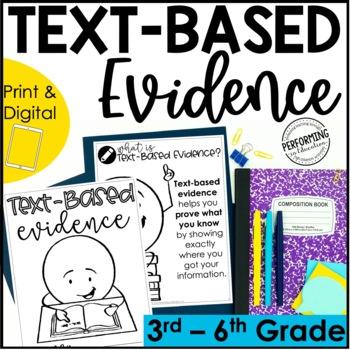
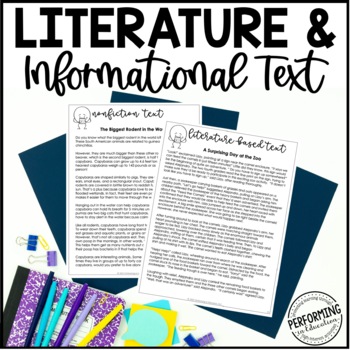
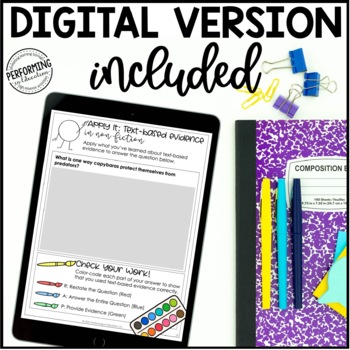
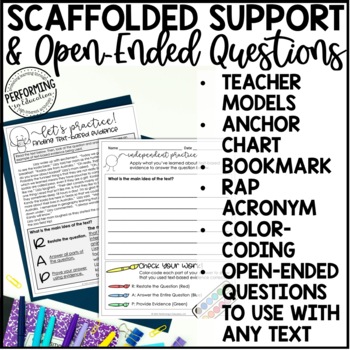
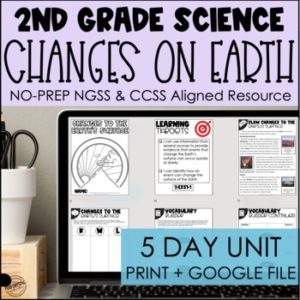
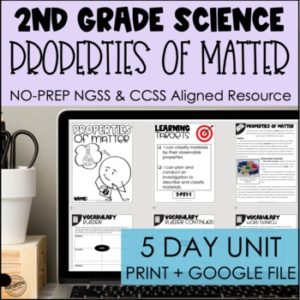
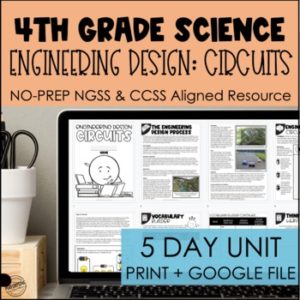


Reviews
There are no reviews yet.